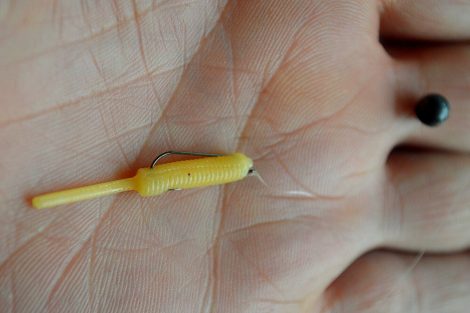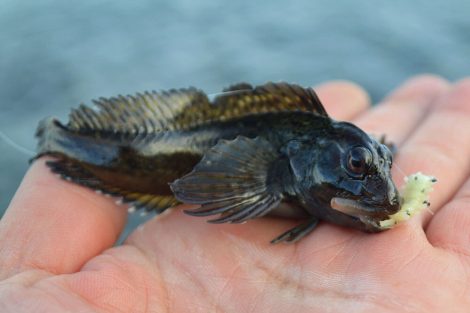In part four of our HTO LRF Lure fishing series by Jake Schogler he looks at LRF Rigs, taking you through five, proven LRF rigging methods.
Jig Heads
Rigging lures on a jig head is one of the simplest yet versatile LRF rigs, allowing you to cover the whole water column and all the fish that swim there.
A selection of weights and hook sizes can help you deal with conditions and types of fish. A good all round jig head is one that has a size eight hook and weighs two or three grams.
Rigging is straightforward, simply thread the lure onto the jig head, keep the lure straight and don’t allow it to curve up the bend of the hook.
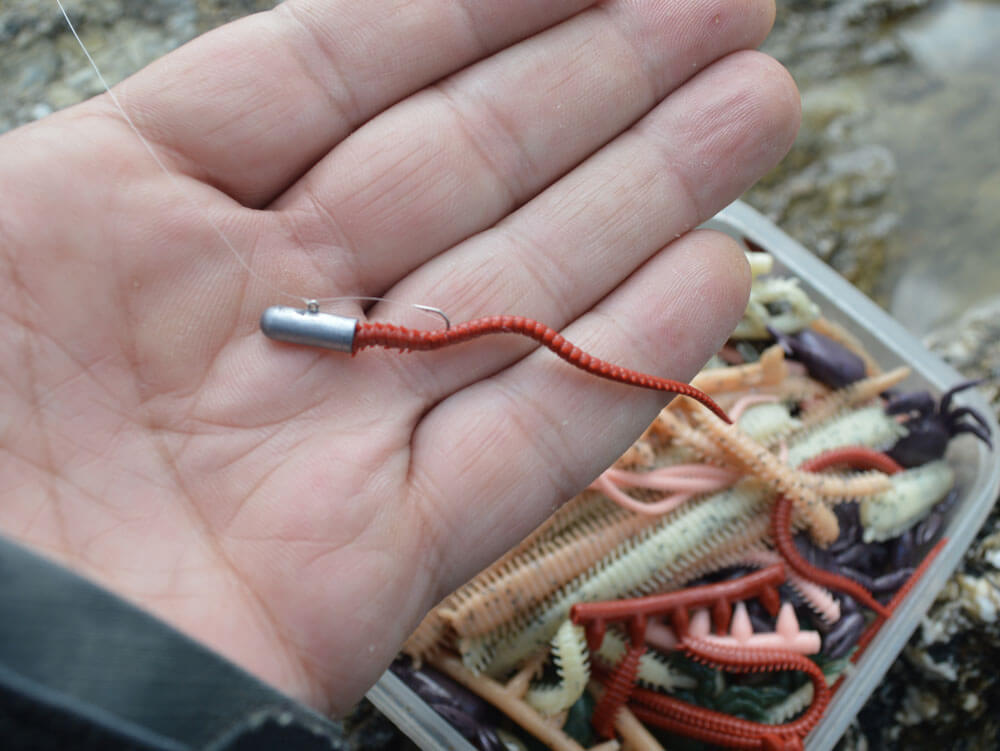
Jig heads can be worked at different depths merely by slowing down how fast you reel in. The slower the retrieve the closer to the seabed the lure will work.
Try fishing all through the water column just by casting and starting your retrieve at different times. Fishing higher up in the water will see you covering pollack, coalfish, bass, mackerel, garfish, and launce. If you are wearing polarised sunglasses, you will be able to see your lure working and see the fish attack.
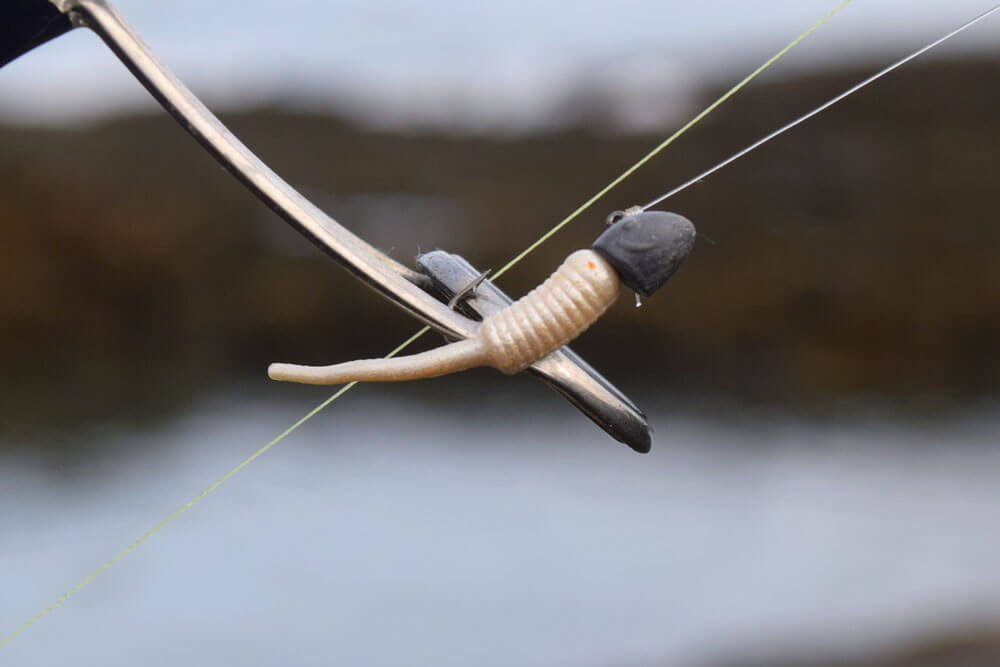
If you want the lure to work along the seabed, start the retrieve when the lure has sunk to the bottom. If you are working the seabed then you are in flatfish territory. It’s not just flatfish that will take a lure in this manner, expect scorpion fish, gobies, pollack, codling, bass and wrasse.
Fishing under your rod tip is also very effective for species that hug harbour walls. It is a case of just dropping the lure to the bottom and hopping it about with little lifts of the rod tip.
This simple method of rigging a lure works everywhere from harbours to open beach marks.
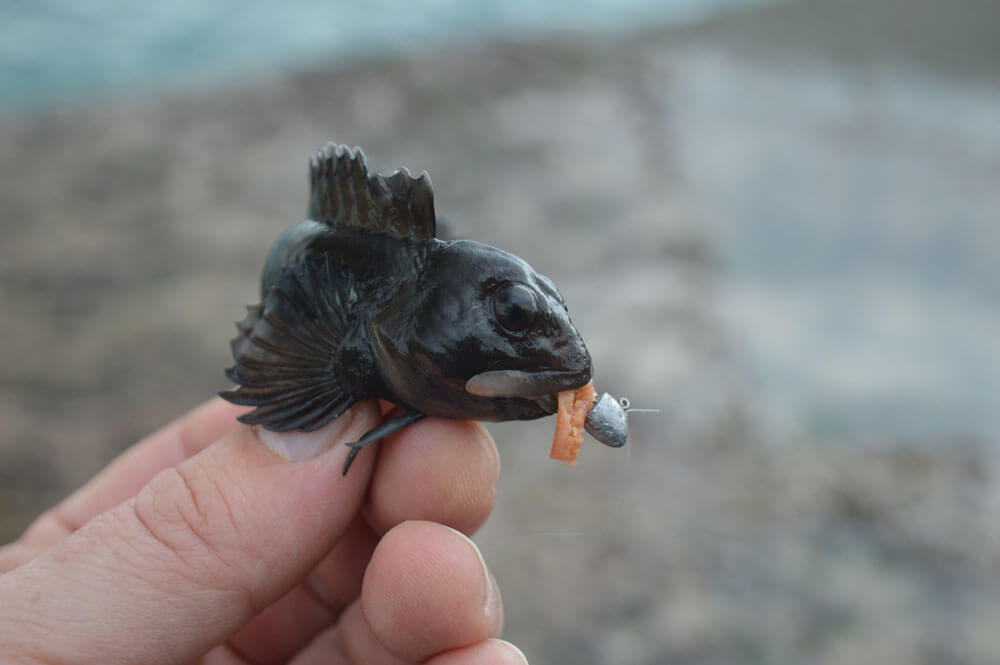
Dropshot Rig
Whether cast and then slowly retrieved back or worked under the rod tip against structure, it is a deadly method for all species. Here is how I rig mine:
I use a five or six foot 8lb fluorocarbon leader (I have used heavy braid to illustrate this rig to make it easier to see).
Tie your hook onto the line about halfway up your leader, this will give you a “drop” of around two or three feet.
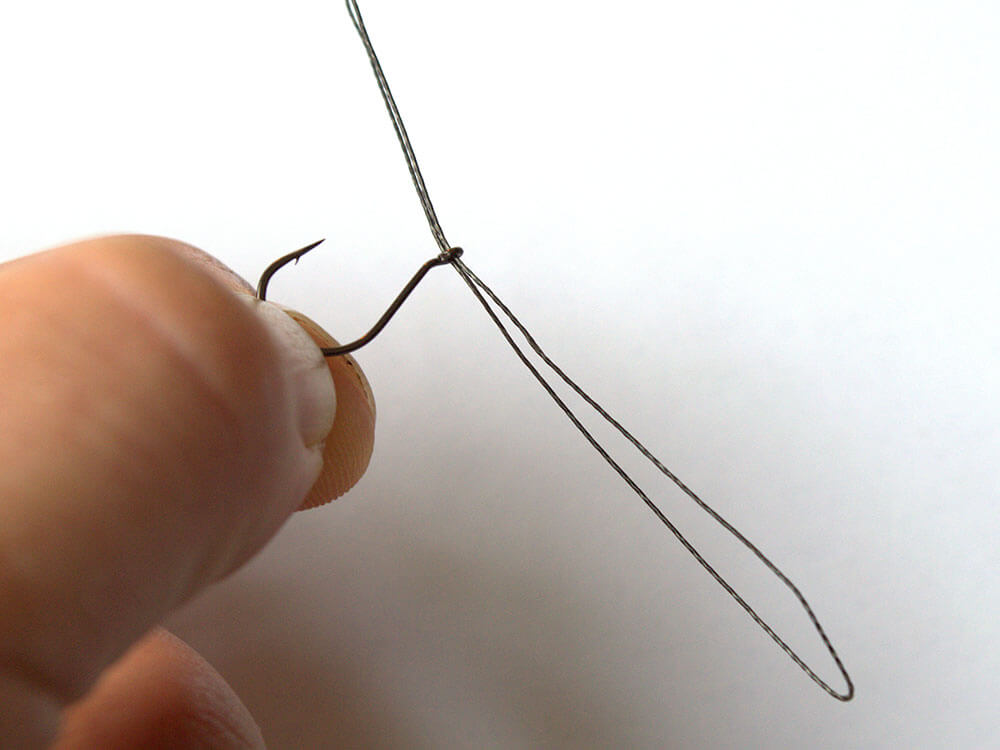
1- Double the line and thread the loop through the hook eye.
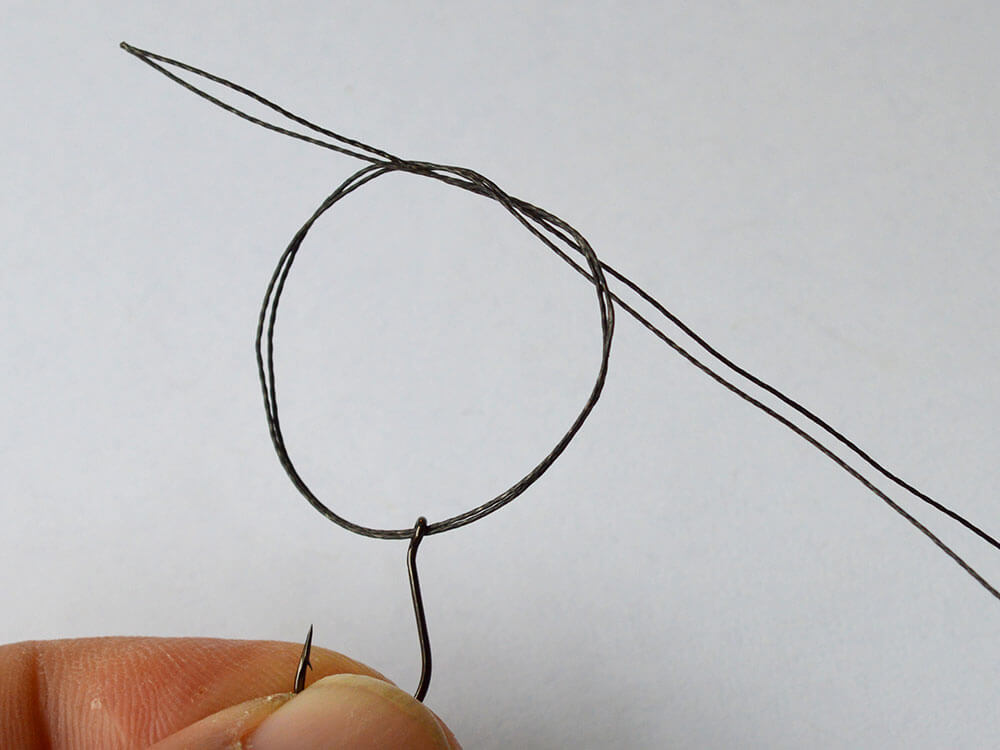
2- Tie a loose overhand knot.
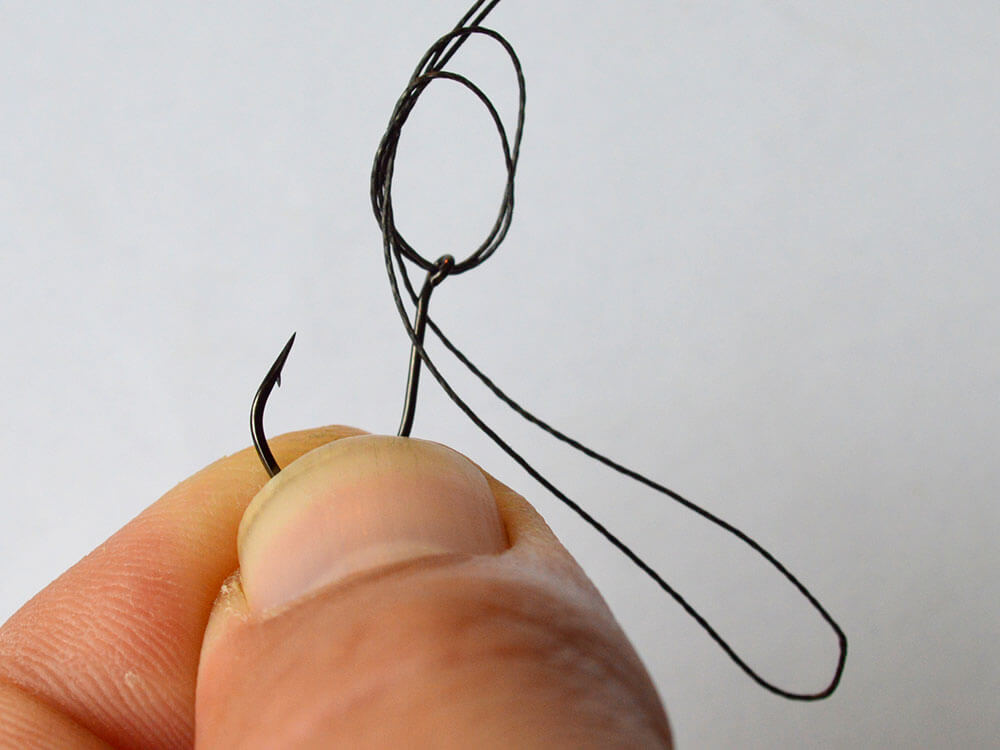
3- Pass the loop of line over the hook.
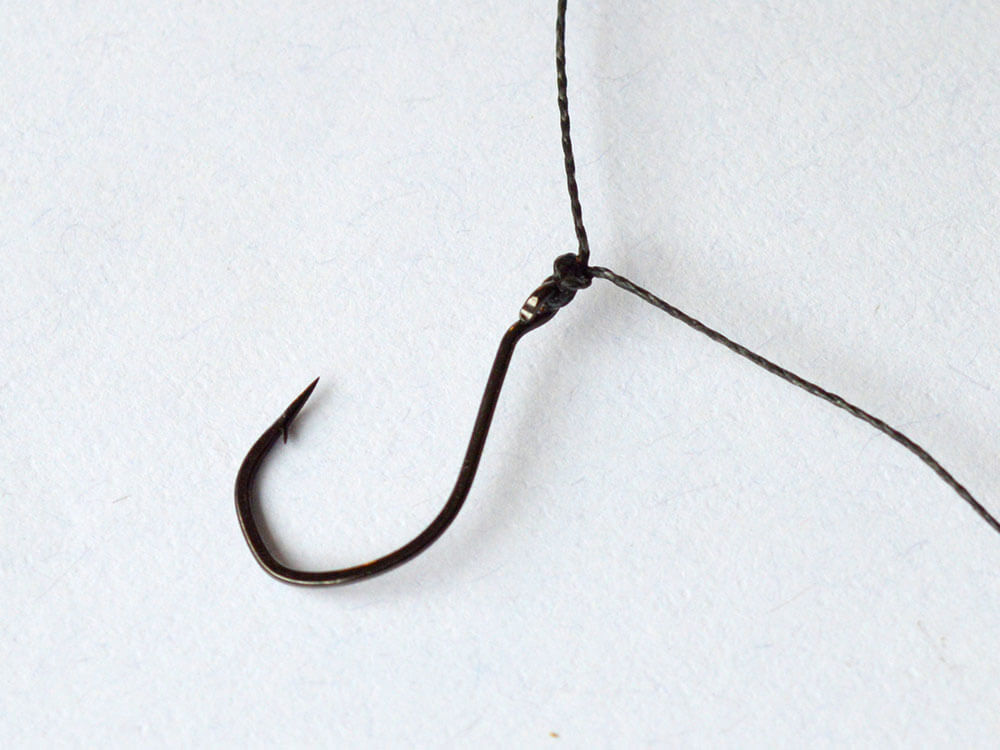
4- Moisten and pull tight ensuring that the knot does not catch on the shank below the eye.
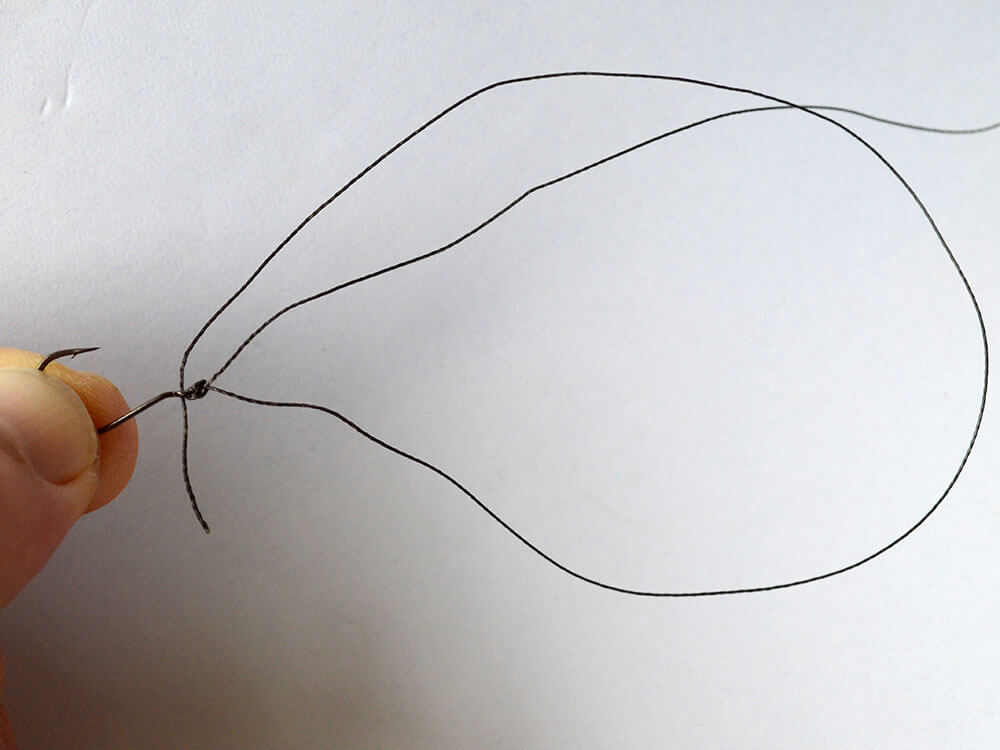
5- Take a tag end and thread over the eye and back through. This helps the hook stand off against the mainline. (above)
5- The finished rig with a nose hooked lure. (right)
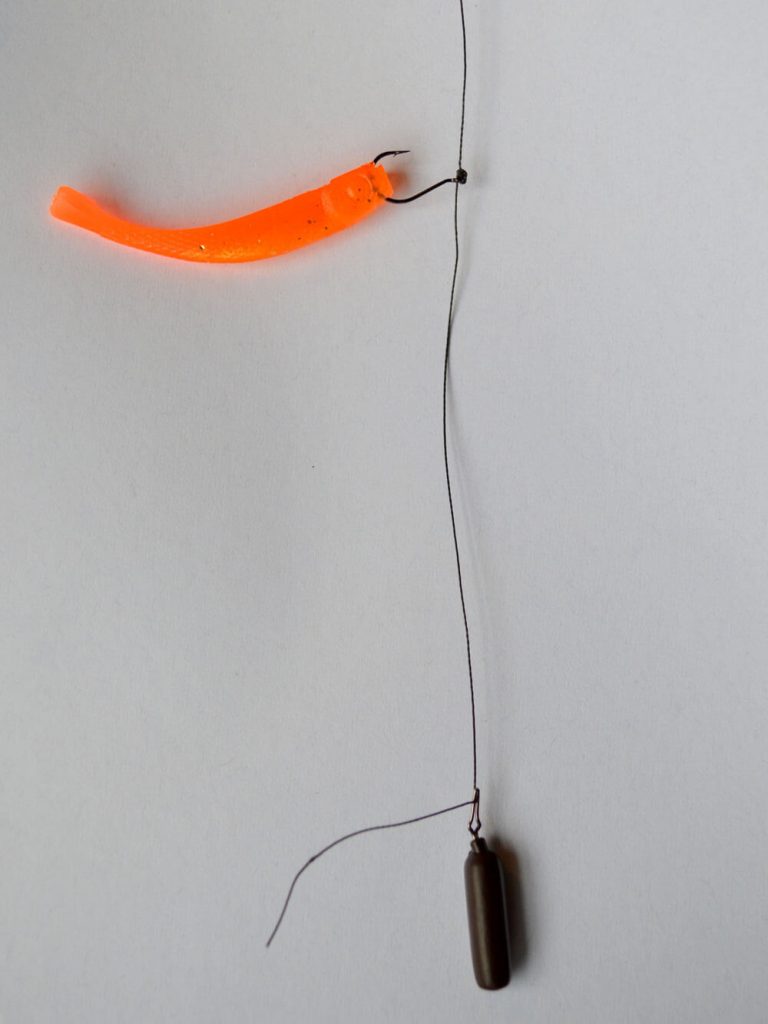
Split Shot Rig
One of the go-to LRF rigs when using smaller hook sizes for mini species.
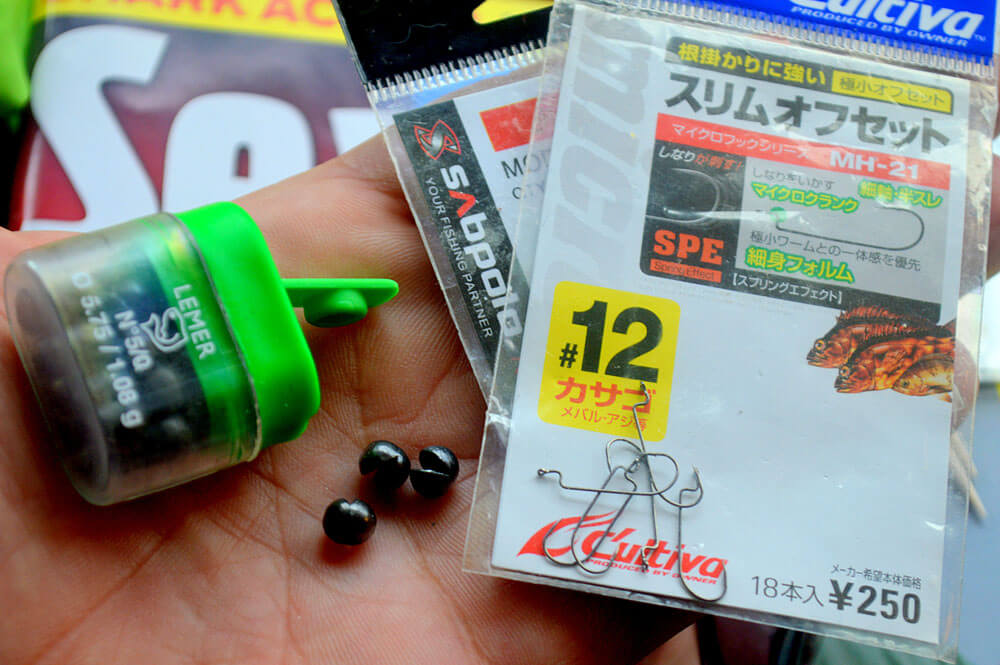
Simply tie your chosen hook on and rig with a soft lure then pinch on one or more split shot to add weight and you’re good to go! The closer you have the shot to the lure, the more control you will have over the lure.
Alternative Split Shot
Another great way to use the split shot rig is to tie the knot of the hook with a Palomar knot as if you were tying a dropshot rig. Leave a tag end of about an inch and pinch on some shot close to the hook. This makes the rig act just like a Jika/Dropshot rig, getting the lure to stand up on the bottom as well as give a good wobble to the lure on the retrieve. If the shot gets snagged it should pull off giving you your hook and lure back.
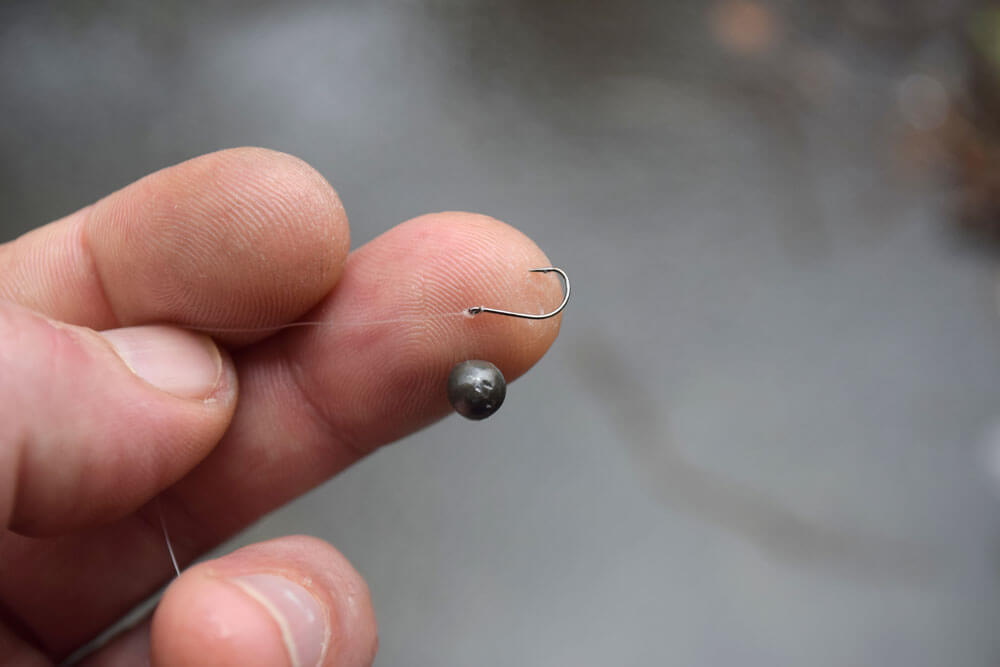
The Texas Rig
When it comes to LRF Rigs that are fantastic to use when fishing in weedy and snaggy areas with soft lures, the Texas Rig is a go-to. An offset lure hook is the key to making this rig weedless and the sliding cone weight and glass bead combination adds an extra noise element to the rig. You can fix the cone weight in place by using float stops or by trapping the line in the weight with a cocktail stick.
When you retrieve, the lure is drawn up against the weight and bead and it makes a clicking noise. It is a great technique to use for hopping through weed or over the rocks and is deadly for wrasse and many other species too.
Here is how I tie the Texas Rig
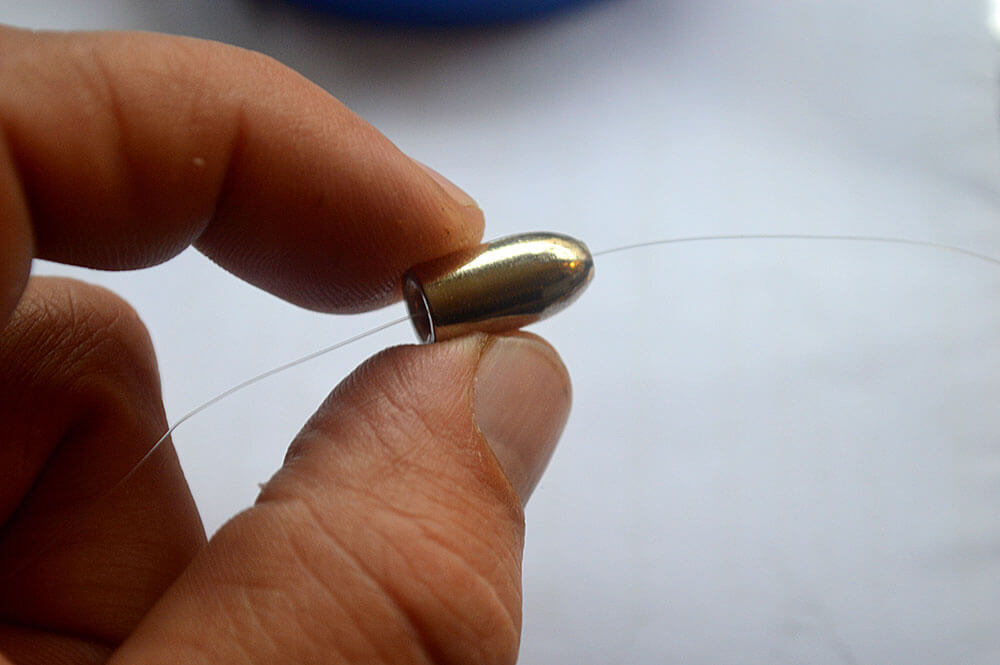
1- Thread on a cone weight. I like to slide on a rubber float stop first. This can help me set where the weight slides to.
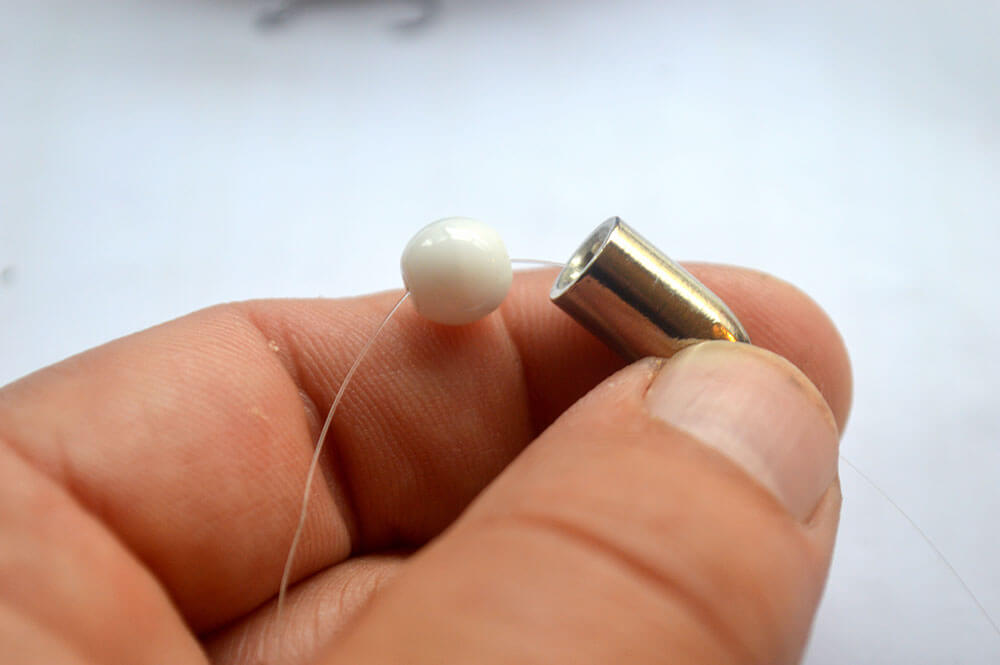
2- Thread on a bead. Glass beads add noise to the rig.
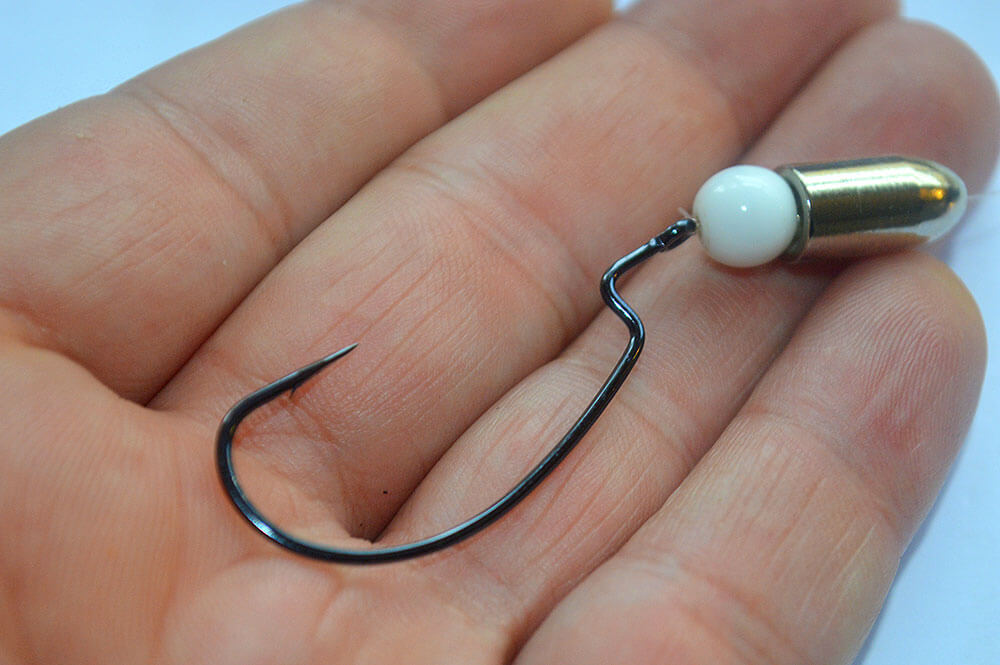
3- Tie on an offset hook.
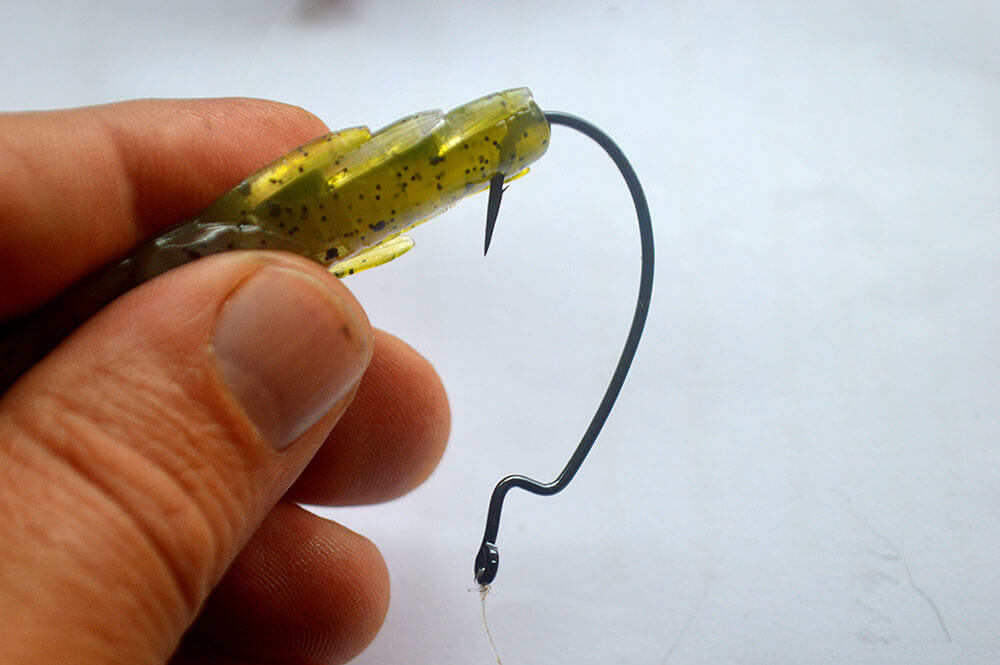
4- Hook the lure through the nose till the hook point and barb are visible.
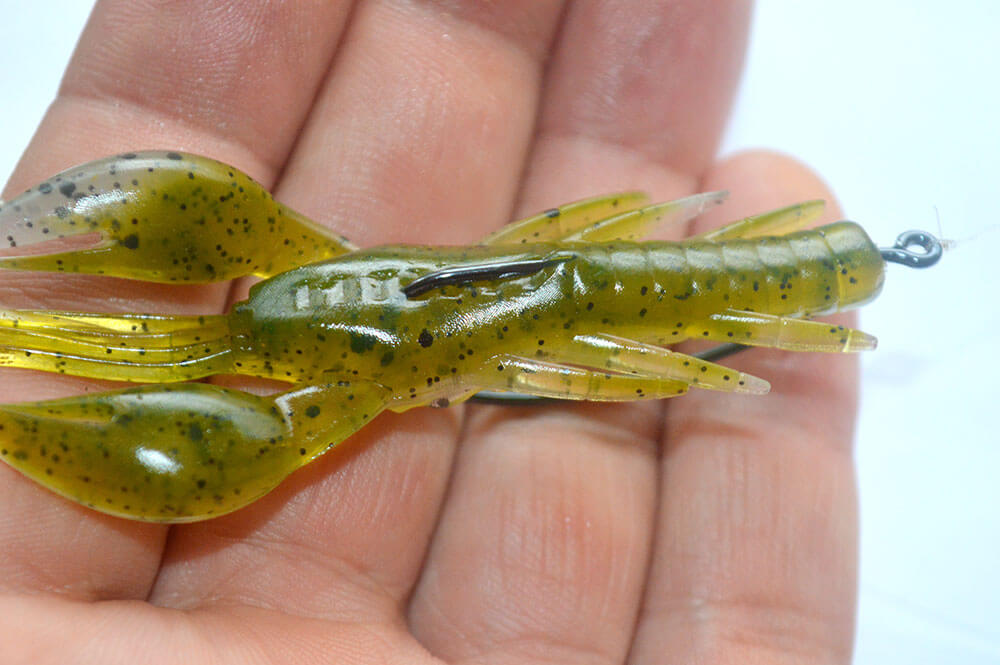
5- Slide the lure up the shank till the eye is just visible through the nose. Using the hook, measure along the length of the lure to see where the hook will exit. This will keep the lure rigged straight.
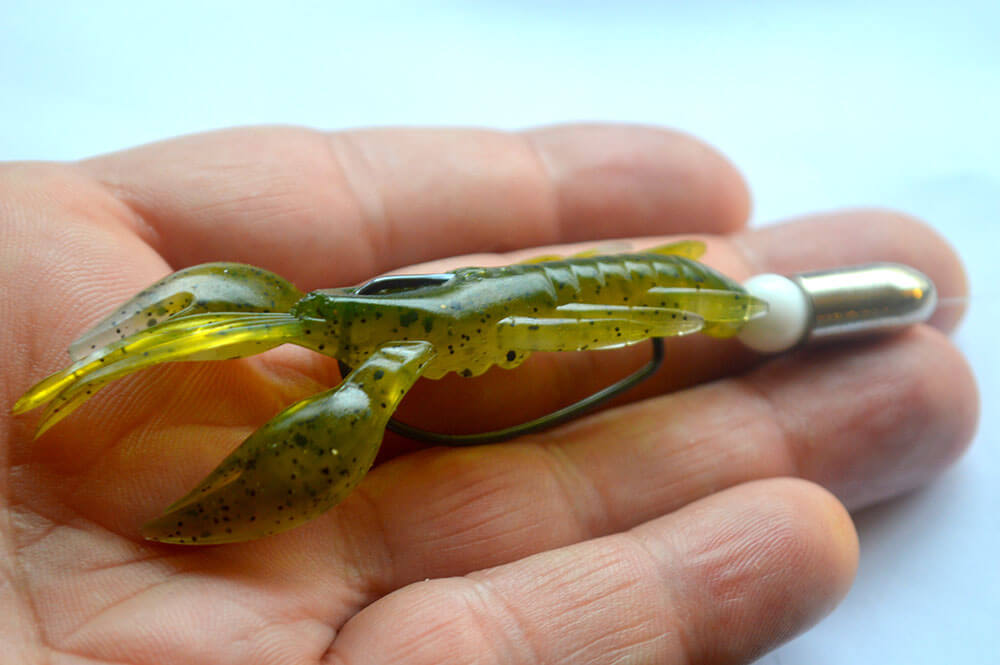
6- The ready rig with hook point just beneath the surface of the lure for a weedless setup.
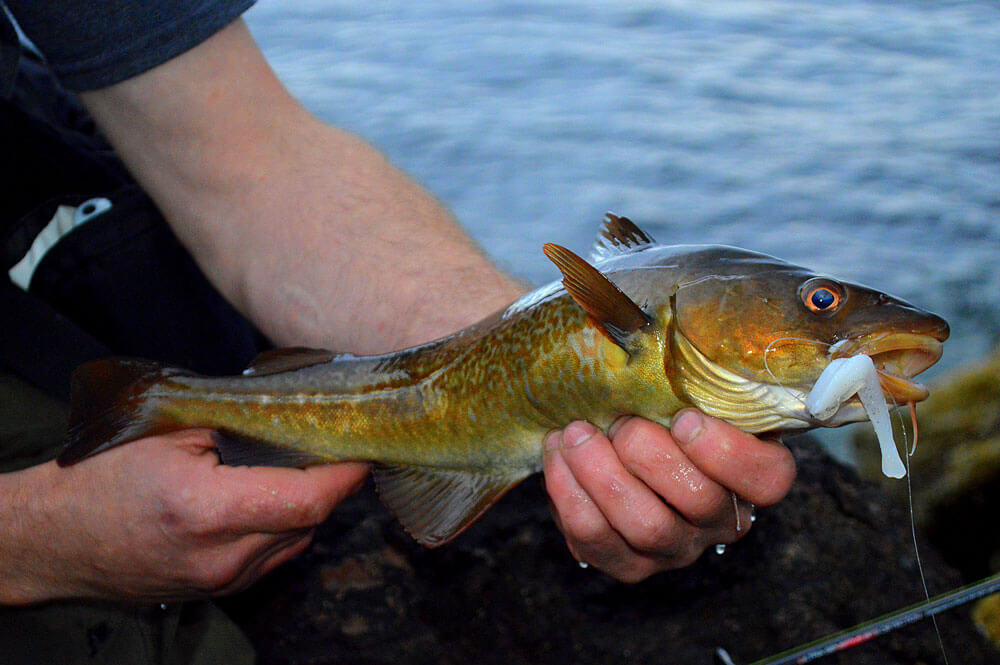
The Carolina Rig
The Carolina Rig is very similar to the Texas Rig above. The difference is that the weight is always at a fixed distance from the hook. This is achieved by having a separate swivel between the weight and the lure. To this you can add a leader to attach your lure and you can vary the length of your leader to suit the conditions. It is possible to lock the weight in place using cocktail sticks or rubber float stops.


